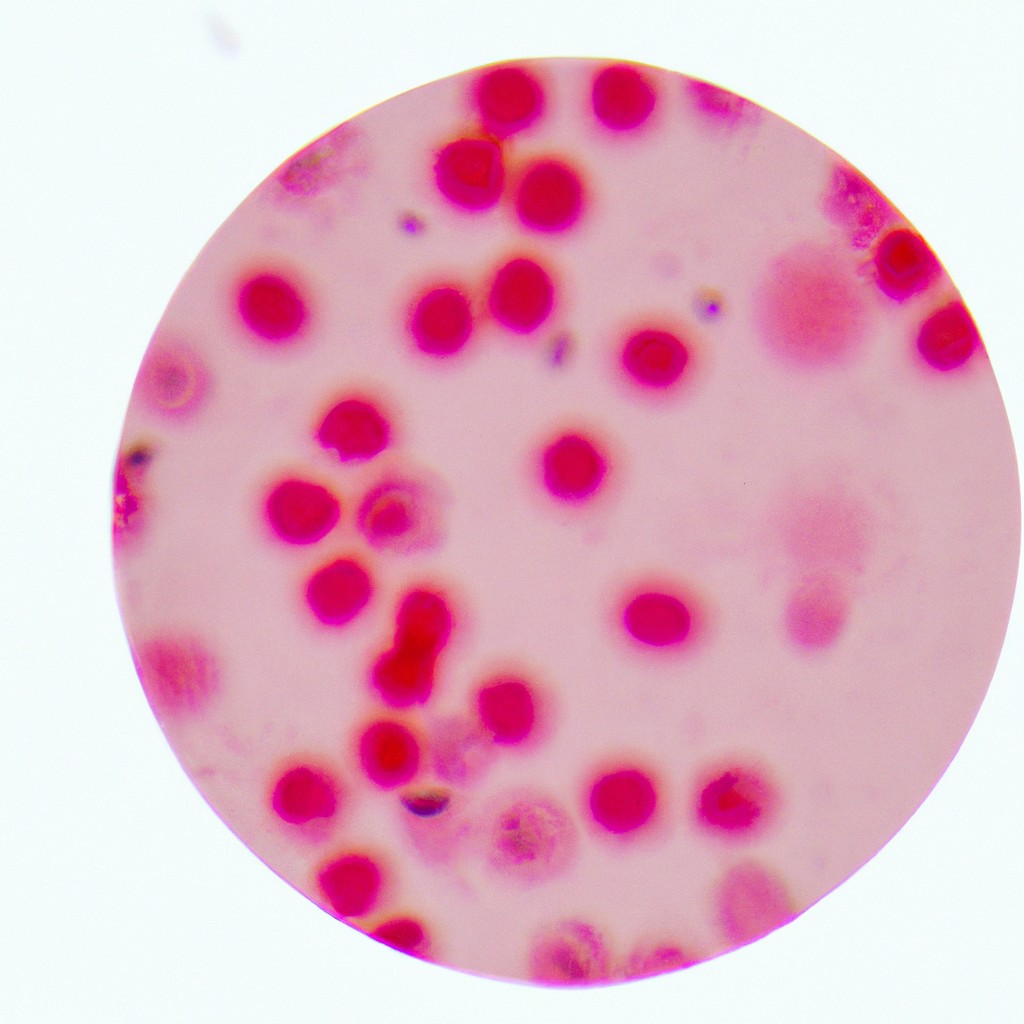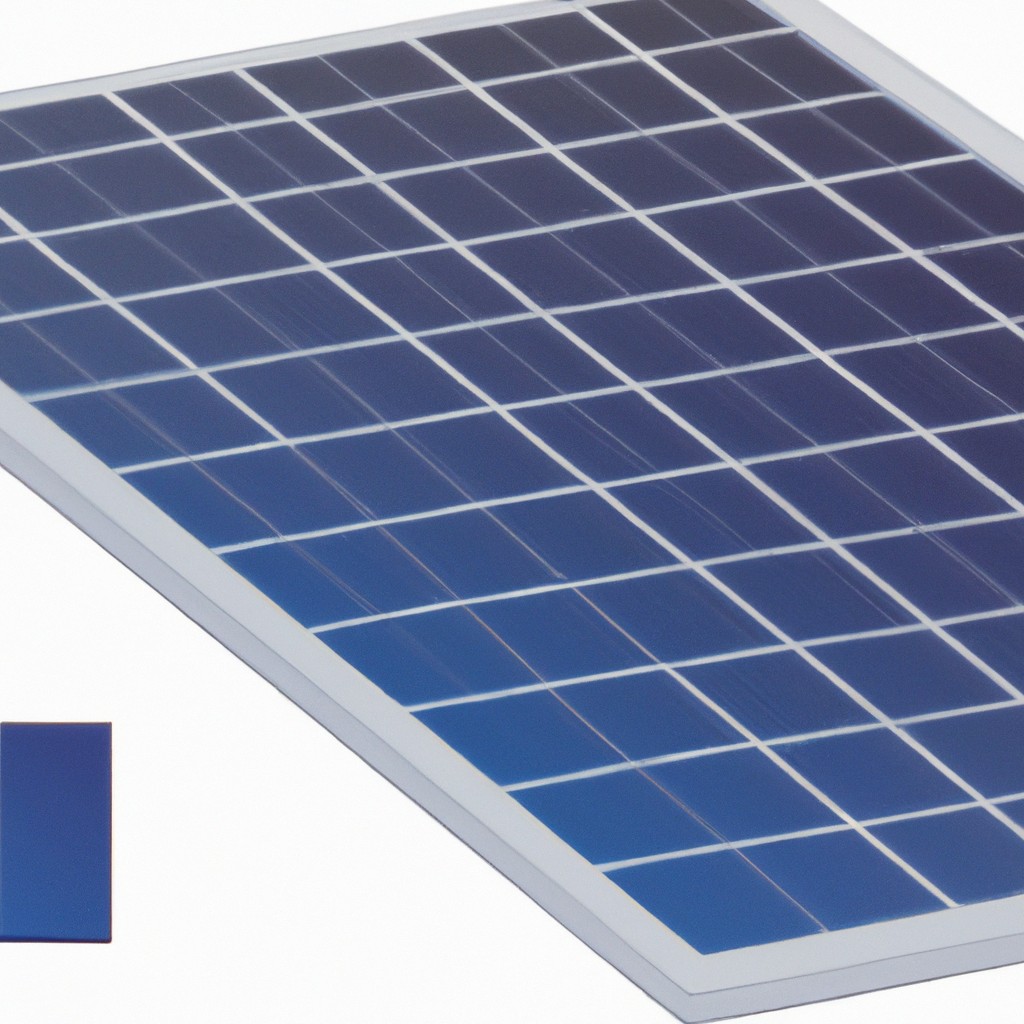Discover how active solar energy systems work to harness the sun’s power and convert it into usable electricity or heat for your home.
Ready to dive into the world of active solar energy? Think of it as the superhero version of sunlight harnessing. This article breaks down how it works, all the gizmos that make it tick, the different types you can choose from, the pros and the cons, and how you can use it both at home and in your business. If you’re craving a blend of science, practicality, and some sunshine-filled fun, you’ve landed in the right spot!
Key takeaways:
- Active solar energy converts sunlight into usable power.
- Solar collectors absorb sunlight via PV panels or thermal systems.
- Two types: PV systems for electricity, thermal for heat.
- Benefits include lower bills and reduced carbon footprint.
- Storage and maintenance are key for optimal performance.
How Active Solar Energy Works

Solar collectors are the superheroes capturing sunlight. These collectors typically use photovoltaic (PV) panels or solar thermal systems.
PV panels transform sunlight directly into electricity. Imagine tiny sun-eating robots working tirelessly on your roof. It’s like photosynthesis, but for your gadgets.
On the other hand, solar thermal systems absorb heat from the sun. Picture a metal surface heating up under the sun, much like a car seat on a summer day. This heat then warms up a fluid, often water or antifreeze, which gets pumped through pipes, transferring the heat to where it’s needed.
And voilà! The sun’s rays are converted into usable power or heating with some relatively simple yet brilliant technology.
Key Components of Active Solar Energy Systems
A few essential parts keep active solar energy systems buzzing. Think of it like a band where every musician has their own gig. Here’s who’s playing in our solar symphony:
Solar collectors: These sun worshippers absorb sunlight and convert it into heat. Commonly, they’re flat-plate collectors or evacuated tube collectors. They may not make a great conversation partner, but they sure are efficient.
Heat transfer fluids: Imagine anti-freeze going green! Fluids like water or non-toxic anti-freeze snake through the collectors, absorbing the heat and carrying it along.
Pumps and controllers: Think of them as the system’s personal trainers. Pumps keep the heat transfer fluid moving, while controllers ensure the whole gig runs at peak performance.
Storage tanks: No band is complete without equipment storage. These tanks hold the heat, making sure you’ve got hot water even when the sun’s taking a nap.
Distribution system: The roadies of our setup. They move the heat to where it’s needed, like your radiant floor heating or your cozy hot tub.
Types of Active Solar Energy Systems
You’ve got two main flavors here: solar thermal systems and photovoltaic systems.
Solar thermal systems love heat. They focus sunlight using mirrors or lenses to heat a fluid. That hot fluid then produces steam, which drives a turbine connected to an electricity generator. Think of it as a sun-powered tea kettle with delusions of grandeur.
Photovoltaic systems, on the other hand, turn sunlight directly into electricity using solar panels. These panels contain semiconductor materials that get all excited when sunlight hits them, producing an electric current. They’re basically the overachievers of the solar world, always converting and generating.
Both types have their own quirks and special talents. Solar thermal is great for large-scale power plants, while photovoltaic systems are popular on rooftops and in calculators (remember those?). Each system has its place in our sun-powered future.
Benefits and Limitations of Active Solar Energy
Active solar energy offers numerous upsides. It’s eco-friendly, reducing your carbon footprint and making Mother Nature give you a virtual high-five. Lower energy bills? Yes, please! Once you install the system, sunshine works for free—kind of like a magical intern that actually delivers.
But, let’s not wear rose-colored glasses. Initial installation can get pricey. High upfront costs might make you wince, but think long-term. Also, solar panels require space and, surprise, sunlight! This might be an issue if you live in a shadowy, vampire-friendly part of town.
Maintenance isn’t a huge deal, but you can’t just set it and forget it. Dust and debris are mortal enemies of solar panels, making occasional cleaning necessary unless you’re pals with a window washer.
Don’t forget energy storage. Solar panels like to work when the sun is shining (no kidding), so if you want juice after dark, you need batteries. And no, not the kind you steal from your TV remote.
In a nutshell, active solar energy is awesome, but it’s not all sunshine and rainbows. Weigh the pros and cons, and maybe stock up on window cleaner.
Applications in Residential and Commercial Settings
Homeowners can harness the sun for a variety of purposes. Solar water heaters reduce electricity bills big time. Imagine taking a hot shower powered by sunbeams—sounds like a spa day on steroids. Solar space heating can warm your home during winter; your dog will finally stop hogging the electric heater.
In commercial spaces, active solar systems pull more than their weight. Office buildings use solar energy for heating ventilation and air conditioning (HVAC). The result? Reduced energy costs and happier employees—folks who don’t freeze in summer or melt in winter are generally more cheerful.
Food processing plants often utilize solar thermal energy for various heating needs. Imagine your cereal production line powered by the sun. It’s like breakfast powered by a star. Even swimming pools in hotels and community centers benefit from solar heating. Do laps knowing you’re splashing around in sunshine-heated water.




